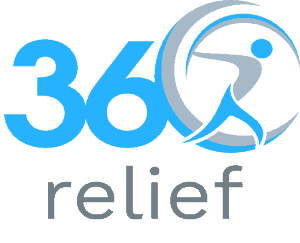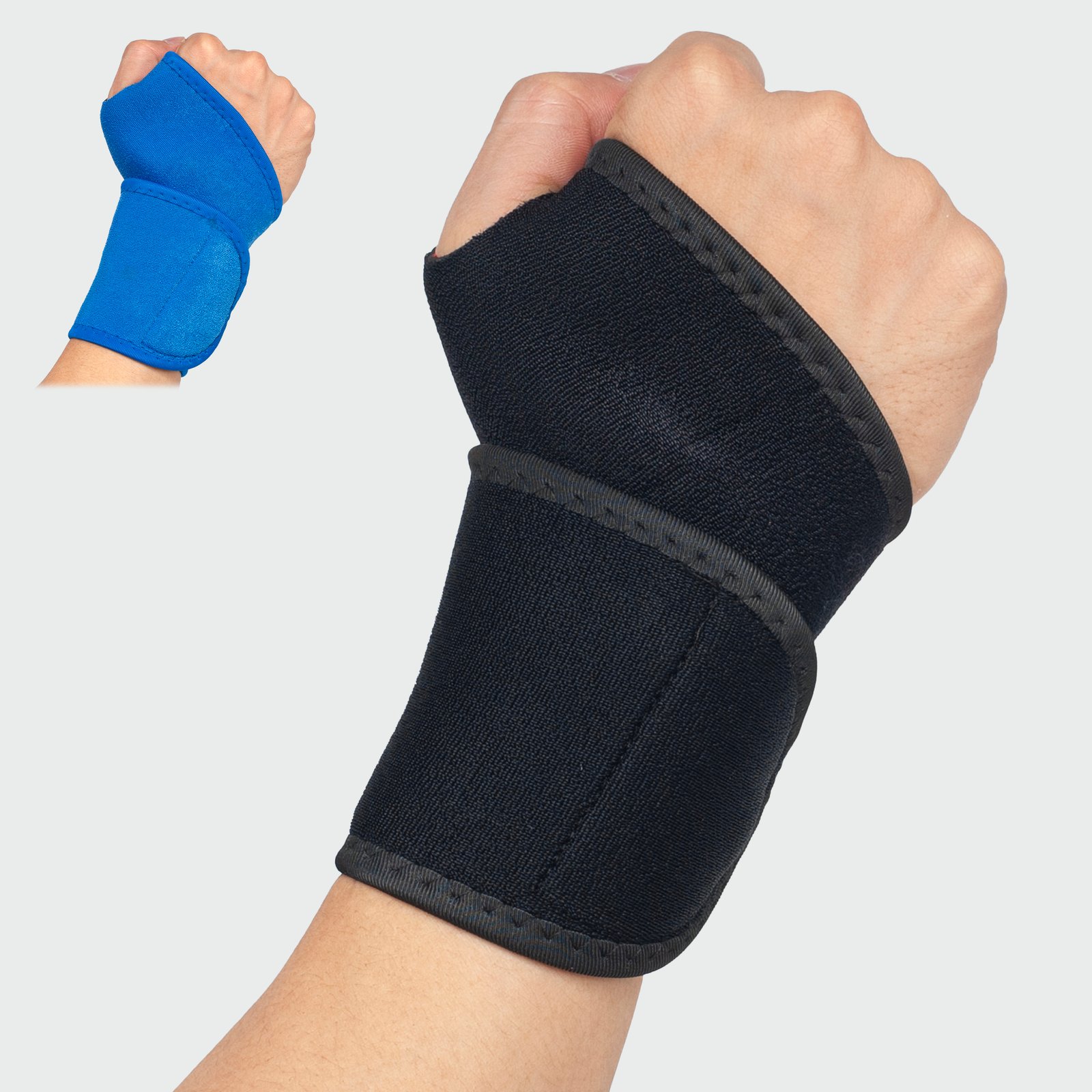We welcome all workout enthusiasts here to assist them in shaping their bodies without worries and under safety measures. Whether you are a professional gym fanatic – looking to shape your different body parts more accurately or just a beginner – looking to provide your body with a reasonable shape, you may be prone to overuse injuries at one point or another. Indeed, workout activities help you in many ways – from your physical well-being to mental peace.
At the same time, it also comes with some possible hazards as well. There are several reasons that may put you at higher risk of injuries during gym and workout activities. For example, poor form or techniques, lack of warm-up, overextension, sudden changes in intensity, improper lifting techniques, poor postures, and using inadequate equipment, are some common factors contributing to the development of injuries during gym or workout.
Learning the causes and risk factors of injuries helps you avoid the chances of injuries. On the other hand, knowing the possible symptoms can help you diagnose the problems at their early stages to start possible treatments immediately. Here we come with the possible injuries found in gym and workout professionals along with their causes and symptoms. As well as this, we have also discussed the possible safety or preventive measures, suggested by workout coaches or experts, to help you avoid the chances of injuries. So, let’s begin our discussion here;
Table of Contents
ToggleCommon injuries faced by workout professionals
Workout enthusiasts complain about several injuries during or after their workout sessions. Here we come with common complaints shown by them. Explore the possible causes and common symptoms of these injuries to avoid them:
1. Lower back strain
Lower back strain during gym and workout activities may result from a combination of factors, including overextension, poor lifting techniques, and muscle weakness. When you use poor form or posture during lifting techniques, such as in the case of squats, and deadlifts, you put excessive stress or pressure on the lower back muscles, straining your lower back. As well as this, any sudden movement, such as quick turns or twists may also contribute to the ligament and muscle strain in the lower back. The lower back strain may feel like a sharp or persistent dull pain in the lower back region, muscle spasms, muscle stiffness, and a limited range of motion.
How to prevent lower back strain during workouts?
Healthcare professionals and workout experts suggest learning proper form and lifting techniques. You must also not forget to warm up your body thoroughly before starting workout activities. Healthcare professionals suggest avoiding overextension because it can weaken the lower back muscles. However, many of the healthcare professionals suggest patients to wear lower back support braces to manage strains. You must also start a new lifting technique under the guidance of professionals.
2. Shoulder strain
During gym activities or workouts, many factors can contribute to the development of shoulder strain. Improper form during the activities, including bench presses, rows, and overhead presses may lead to excessive pressure on the shoulder joint and surrounding muscles, causing shoulder strain. As well as this, repetitive motions or overuse of the shoulder can put you at a high risk of shoulder strain. The common symptoms associated with the shoulder strain may include sharp pain and stabbing sensation. In some cases, you may also feel tenderness, muscle stiffness, and swelling around the injured area.
How to prevent shoulder strain during workouts?
Warming up your body and following proper form and techniques are the basic preventive measures to avoid the chances of shoulder strains. Experts suggest some useful techniques to follow, such as balancing muscles, avoiding overuse, progressing gradually, using appropriate equipment, taking proper rest, and seeking professional guidance. Wearing posture correctors or shoulder braces helps maintain proper form and posture, and avoid overuse injuries.
3. Carpal tunnel syndrome, CTS
During powerlifting, weightlifting, squatting, and performing any other techniques, you need to use your hands and wrists continuously. Overusing wrists or putting excessive pressure on them may press the median nerve, causing carpal tunnel syndrome. The common symptoms resulting from carpal tunnel syndrome may include pain, numbness, tingling sensation, swelling, and weakness around the joint.
How to prevent CTS during workouts?
For preventing carpal tunnel syndrome during gym or workouts, experts suggest several safety measures. A basic preventive measure is to maintain proper alignment of wrists during exercise. Warm up your body before exercise and cool down it when the session is over. Wearing wrist support braces helps keep the wrist joints aligned and avoid overextension.
4. Elbow pain
Overusing your elbow or repetitive motion of the elbow joints during specific activities can put excessive pressure on the elbow, resulting in elbow pain and other discomforts. However, improper lifting techniques and poor mechanics may also cause elbow pain. All these causes usually result in elbow pain and in the most severe conditions, you may also feel stiffness, tenderness, swelling, and weakness around the elbow joint.
How to prevent elbow pain during workouts?
By learning proper lifting techniques, you can avoid the risks of elbow pain in the gym. Warming up your body before intensive activities is also recommended. Experts also suggest avoiding overextension and overusing your elbows. However, wearing elbow braces can help keep the elbow joint aligned and avoid overextension, helping reduce the risks of elbow pain and other discomforts.
5. Patellofemoral Pain Syndrome (Knee Pain)
Several factors, including improper lunging or squatting, repetitive knee movements, muscle unbalancing, improper footwear, and sudden increase in intensity can lead to patellofemoral pain syndrome. The common symptoms linked with patellofemoral pain syndrome may include knee pain, popping or cracking sensation, swelling, stiffness, and difficulty weight bearing.
How to prevent patellofemoral pain syndrome during workouts?
To prevent your knees from pain or patellofemoral pain syndrome, warming up your body before starting any exercise is crucial. Wear proper footwear or knee support braces to avoid putting excessive pressure on the knee joints. You must perform the knee or leg-related exercises under professional guidance.
The closing statement
Workout activities offer mental peace and physical fitness to people who are really passionate about it. Being physically fit or active helps you keep safe from many injuries or diseases. But, continuously involved in workout activities, may put you at a higher risk of injuries. We have discussed the common injuries along with their potential causes or risk factors. As well as this, the common symptoms associated with them are also mentioned. It will help you avoid the diseases or diagnose them easily. However, we have also mentioned the experts’ advice or preventive measures, by following which workout enthusiasts can keep themselves safe from any hazards in the gym.






















